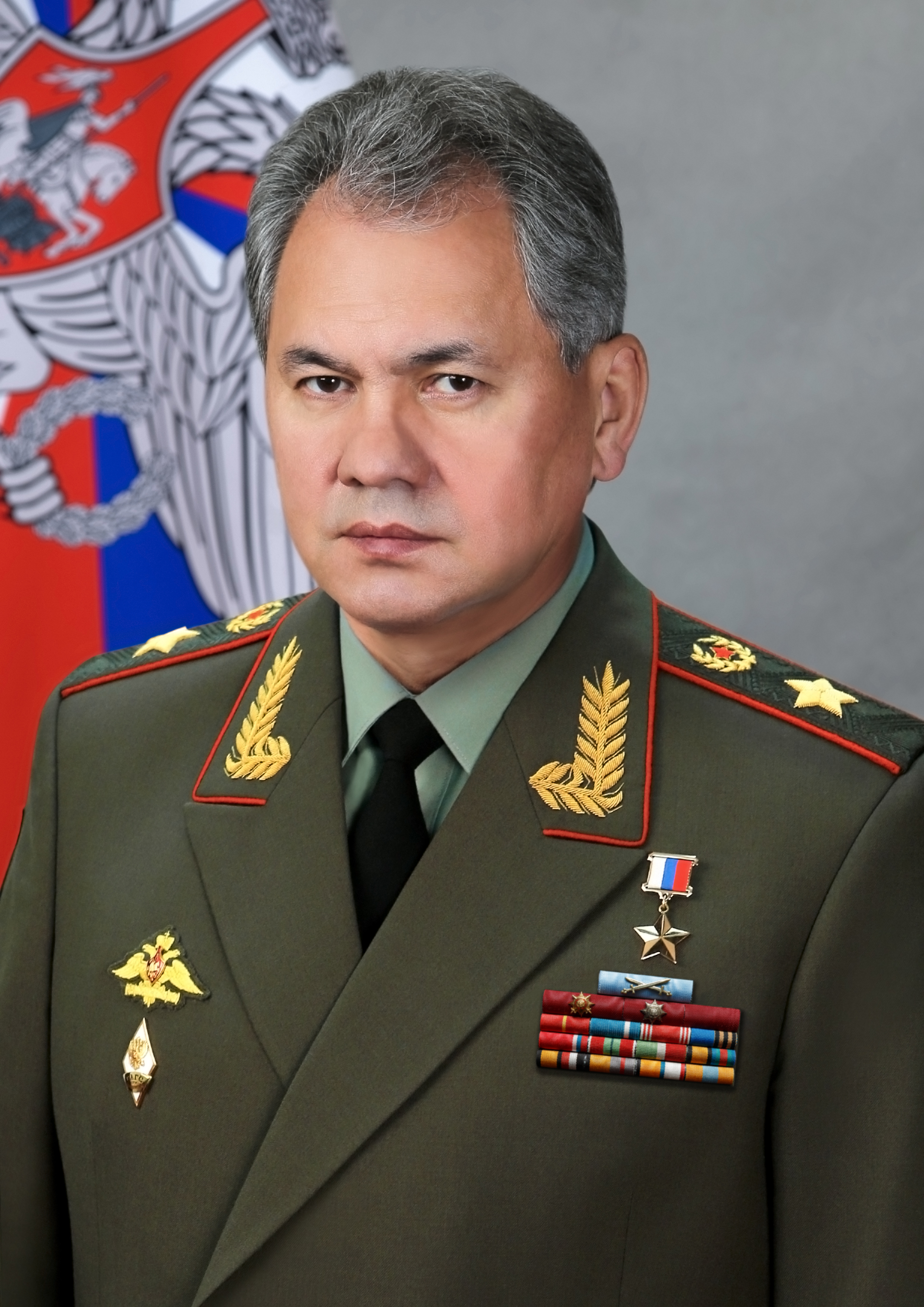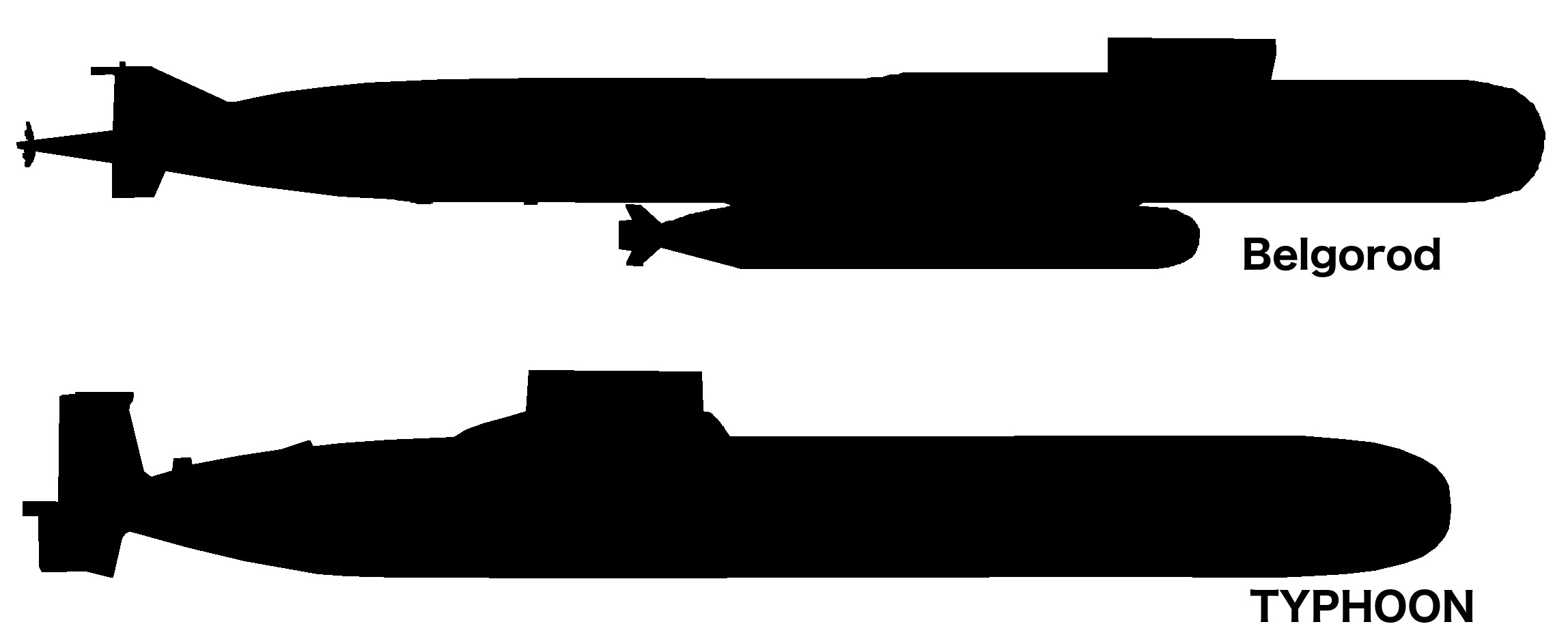|
Main Directorate Of Deep-Sea Research
The Main Directorate of Deep-Sea Research (russian: Главное управление глубоководных исследований, transcribed as Glavnoye upravlenie glubokovodnikh issledovanii or GUGI), is a Russian agency belonging to the Armed Forces of the Russian Federation. It is one of the most secret parts of the navy. Its objective is to operate submarines that are able to dive deep into the sea, in order to gather intelligence or to work with installations on the seabed including sabotage. Its original target was the Western surveillance systems of submarines from the Soviet Union and it is able to eavesdrop and sever the fiber optic cables crossing the seas. It also tests emergency equipment and does medical research on the physiology of diving. The year of creation of the directorate is uncertain. 1963 (as military unit 90802), 1965, and 1976 have been mentioned. The directorate is directly subordinate to the Ministry of Defense. It is located separated from ... [...More Info...] [...Related Items...] OR: [Wikipedia] [Google] [Baidu] |
Russia
Russia (, , ), or the Russian Federation, is a transcontinental country spanning Eastern Europe and Northern Asia. It is the largest country in the world, with its internationally recognised territory covering , and encompassing one-eighth of Earth's inhabitable landmass. Russia extends across eleven time zones and shares land boundaries with fourteen countries, more than any other country but China. It is the world's ninth-most populous country and Europe's most populous country, with a population of 146 million people. The country's capital and largest city is Moscow, the largest city entirely within Europe. Saint Petersburg is Russia's cultural centre and second-largest city. Other major urban areas include Novosibirsk, Yekaterinburg, Nizhny Novgorod, and Kazan. The East Slavs emerged as a recognisable group in Europe between the 3rd and 8th centuries CE. Kievan Rus' arose as a state in the 9th century, and in 988, it adopted Orthodox Christianity from the ... [...More Info...] [...Related Items...] OR: [Wikipedia] [Google] [Baidu] |
Russian Armed Forces
The Armed Forces of the Russian Federation (, ), commonly referred to as the Russian Armed Forces, are the military forces of Russia. In terms of active-duty personnel, they are the world's fifth-largest military force, with at least two million reserve personnel. Their branches consist of the Ground Forces, the Navy, and the Aerospace Forces, as well as three independent arms of service: the Strategic Rocket Forces, the Airborne Forces, and the Special Operations Forces. In 2021, Russia had the world's fifth-highest military expenditure at . The Russian Armed Forces possess the world's largest stockpile of nuclear weapons. They operate the second-largest fleet of ballistic missile submarines, and are one of only three national militaries (alongside those of the United States and China) that operate strategic bombers. With certain exceptions, Russian law mandates one year of military service for all male citizens aged 18–27, though conscripts are generally no ... [...More Info...] [...Related Items...] OR: [Wikipedia] [Google] [Baidu] |
Ministry Of Defense Of The Russian Federation
The Ministry of Defence of the Russian Federation (russian: Министерство обороны Российской Федерации, Минобороны России, informally abbreviated as МО, МО РФ or Minoboron) is the governing body of the Russian Armed Forces. The President of Russia is the Commander-in-Chief of the Armed Forces of the Russian Federation and directs the activity of the Ministry. The Defence Minister exercises day-to-day administrative and operational authority over the armed forces. The General Staff executes the president's and the defence minister's instructions and orders. The main building of the ministry, built in the 1940s, is located on Arbatskaya Square, near Arbat Street. Other buildings of the ministry are located throughout the city of Moscow. The supreme body responsible for the Ministry's management and supervision of the Armed Forces is The National Defense Management Center (Национальный центр управ� ... [...More Info...] [...Related Items...] OR: [Wikipedia] [Google] [Baidu] |
Olenya Bay
Olenya Bay or Olenya Guba (russian: Оле́нья Губа) is a bay of the Barents Sea on the Kola Peninsula in the Murmansk Oblast, Russia. It is an extension of the Kola Inlet, which opens out to the north into the Barents Sea. The Pechenga River discharges into the bay. A Russian naval, formerly Soviet, base is located on the shores of the bay. It is part of the naval installation at Gadzhievo (also known as Skalisty) in the Murmansk Oblast, and is home port to submarine units of Russia's Northern Fleet. In May 2019 satellite views of the base taken from Google maps were republished noting pens that suggested military use of cetaceans there, including possibly a tame beluga whale discovered in Northern Norway what has been dubbed Hvaldimir Hvaldimir is a male beluga whale that fishermen near Hammerfest in northern Norway noticed in April 2019 wearing a camera harness. After being freed from the harness, the whale remained in the area and appeared used to humans. Spe ... [...More Info...] [...Related Items...] OR: [Wikipedia] [Google] [Baidu] |
Kola Peninsula
sjd, Куэлнэгк нёа̄ррк , image_name= Kola peninsula.png , image_caption= Kola Peninsula as a part of Murmansk Oblast , image_size= 300px , image_alt= , map_image= Murmansk in Russia.svg , map_caption = Location of Murmansk Oblast within Russia , location= Northwest Russia , coordinates= , area_km2= 100000 , length_km= 370 , width_km= 244 , highest_mount= Yudychvumchorr , elevation_m= 1201 , waterbody = * Barents Sea * White Sea , country= Russia , country_admin_divisions_title= Oblast , country_admin_divisions= Murmansk Oblast , density_km2= , demonym= , population= , citizenships= The Kola Peninsula (russian: Кольский полуостров, Kolsky poluostrov; sjd, Куэлнэгк нёа̄ррк) is a peninsula in the extreme northwest of Russia, and one of the largest peninsulas of Europe. Constituting the bulk of the territory of Murmansk Oblast, it lies almost completely inside the Arctic Circle and is bordered by the Barents Sea to the nort ... [...More Info...] [...Related Items...] OR: [Wikipedia] [Google] [Baidu] |
Northern Fleet
Severnyy flot , image = Great emblem of the Northern Fleet.svg , image_size = 150px , caption = Northern Fleet's great emblem , start_date = June 1, 1733; Soviet iteration: August 5, 1933 , country = , branch = , type = Fleet , role = Nuclear deterrence;Naval warfare; Amphibious military operations;Combat patrols in the Arctic/Atlantic;Naval presence/diplomacy missions in the Atlantic and elsewhere , size = c. 32 surface warships plus additional support ships/auxiliaries c. 34+ active submarines , command_structure = , garrison = , garrison_label = , nickname = , patron = , motto = , colors = , colors_label ... [...More Info...] [...Related Items...] OR: [Wikipedia] [Google] [Baidu] |
Yantar (ship)
''Yantar'' (Янтарь) is a special purpose intelligence collection ship built for the Russian Navy. The ship has been operated by the Russian Navy's Main Directorate of Underwater Research (GUGI) since 2015 and is reportedly a spy ship. The vessel's home port is Severomorsk, where it is attached to the Northern Fleet. It is the lead ship of its class, with two sister ships under construction. Design and construction ''Yantar'' was designed by the CMDB Almaz Design Bureau in St. Petersburg, and the hull was laid down on 8 July 2010. It was launched in December 2012, and concluded its sea trials in May 2015. The ship has a length of and a full displacement of 5,736 tons. It uses diesel-electric propulsion for a top speed of approximately . It officially has a complement of 60. The ship was built at the Yantar Shipyard in Kaliningrad. Roles ''Yantar'' can act as a mothership to mini-subs. The United States Navy has stated that the submersibles are able to sev ... [...More Info...] [...Related Items...] OR: [Wikipedia] [Google] [Baidu] |
Russian Submarine Belgorod (K-329)
K-329 ''Belgorod'' (russian: БС-329 «Белгород») is a modified design of the Oscar II class (NATO designation) Russian nuclear submarine. It was originally laid down in July 1992 as a Project 949A cruise missile submarine (NATO designation Oscar II class), but later was redesigned and the partly built hull was reconfigured as a special operations vessel, able to operate unmanned underwater vehicles. The vessel was relaid in December 2012. Due to chronic underfunding, its construction was suspended then resumed at a low rate of progress before the ship was redesigned to become a unique vessel — the first Russian fifth-generation submarine, according to the Ministry of Defence. The K-329 Belgorod, along with the Status-6 Oceanic Multipurpose System, was one of the last weapons systems presented by Russian President Vladimir Putin during his annual speech on March 1, 2018. It tested at sea in 1H2022 and was commissioned by the Russian Navy in July 2022. The submarine w ... [...More Info...] [...Related Items...] OR: [Wikipedia] [Google] [Baidu] |
Russian Submarine Losharik
Project 210, Project 10831 or AS-31 (russian: АС-31), nicknamed ''Losharik'' ( rus, Лошарик, p=lɐˈʂarʲɪk), is a Russian deep-diving nuclear powered submarine. On 1 July 2019, a fire broke out on the vessel while it was taking underwater measurements of the sea floor in Russian territorial waters. stands for (), from the Russian naval term , 'nuclear deepwater station'. The submarine is also known as AS-12, but this number is assigned to another ship. History and features The submarine was laid down in 1988, but it was not launched until August 2003 due to financial problems, as well as the collapse of the Soviet Union. It is designated for research, rescue, and special military operations and is operated by the , ( (GUGI)), reporting to the Russian Defence Ministry. The pressure hull of the submarine is believed to be formed from up to seven interconnected titanium spherical elements; this limits space for living quarters and equipment, but grants increase ... [...More Info...] [...Related Items...] OR: [Wikipedia] [Google] [Baidu] |
Delta III-class Submarine
The Delta III-class submarine, Soviet designation Project 667BDR ''Kaľmar'' (Squid), is a large ballistic missile submarine operated by the Russian Navy. Like other previous s, the Delta III class is a double hulled design, with a thin low magnetic steel outer hull wrapped around a thicker inner pressure hull. Design The technical description and requirements for a new ballistic missile submarine were published in 1972. Development of Project 667BDR was begun at the Rubin Central Design Bureau for Marine Engineering under the direction of main designer Sergeiy Nikiticz Kovalev (Сергей Никитич Ковалёв). The submarine was to be a successor to the project 667BD. The Delta III-class submarines are significantly quieter and have a higher missile section for newer, longer-ranged missiles. The hull is divided into ten waterproof sections. The first, third, and tenth sections are emergency sections with escape hatches and transverse struts added to increase press ... [...More Info...] [...Related Items...] OR: [Wikipedia] [Google] [Baidu] |
Khabarovsk-class Submarine
The ''Khabarovsk'' class, or Project 09851 is a class of nuclear submarines under construction for the Russian Navy. Development The lead submarine ''Khabarovsk'', was slated to be floated in June 2020. However, the launch was delayed. This class of submarines is based on the Borei-class submarine's hull (other sources refers to the Project 949A class - to be verified), but is significantly smaller as it does not have the ballistic missile section. Surface displacement is reported to be about 10,000 tons. The class is intended to carry six Status-6 Oceanic Multipurpose System long-range nuclear torpedoes, and will be the second submarine to carry this weapon after . The class is also likely to carry anti-ship and land-attack missiles, in addition to torpedoes. According to the open sources, a total of three or four submarines have been ordered. However, while some sources suggest all the submarines are of the same class (Project 09851), others suggest that the follow-on bo ... [...More Info...] [...Related Items...] OR: [Wikipedia] [Google] [Baidu] |




